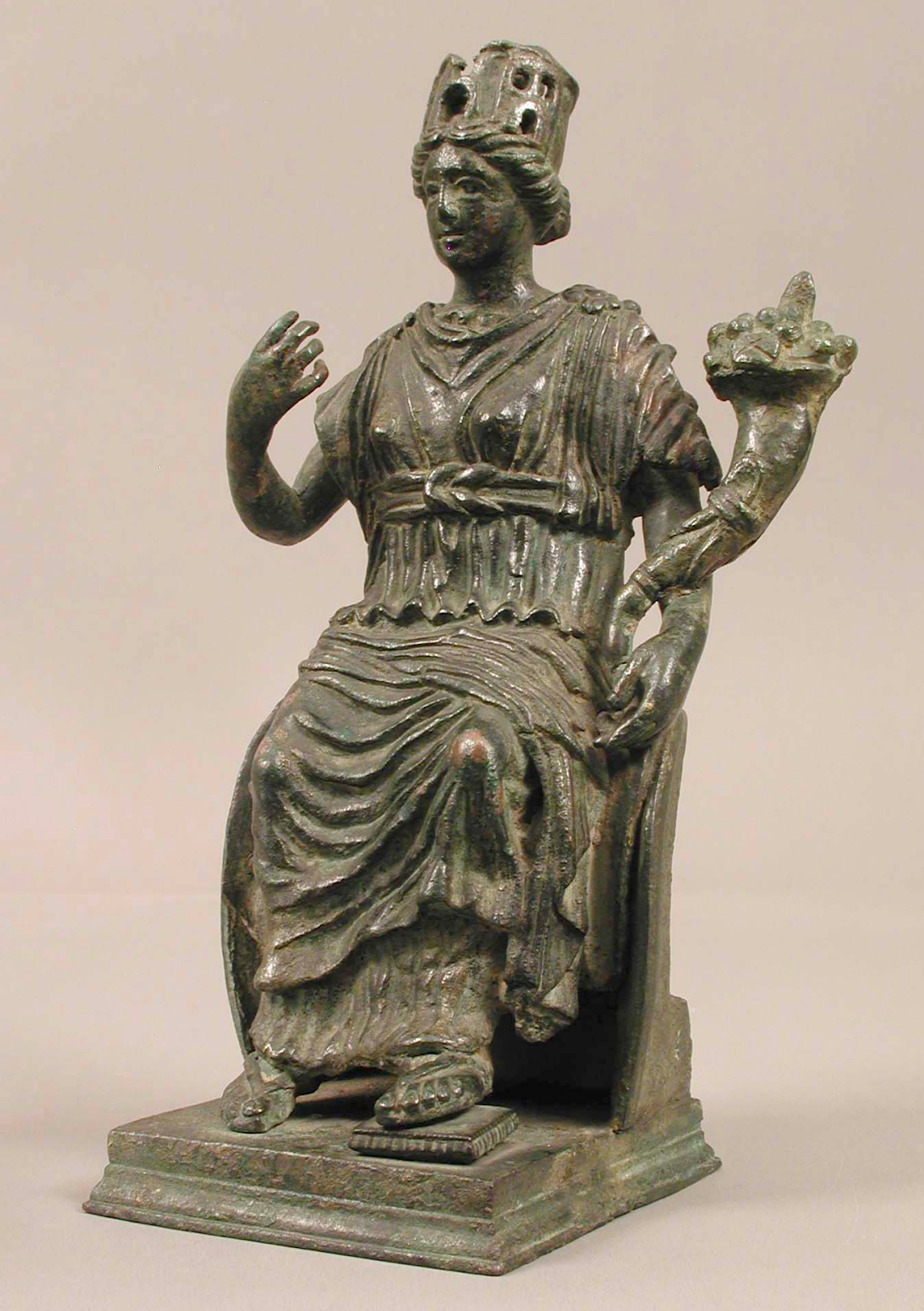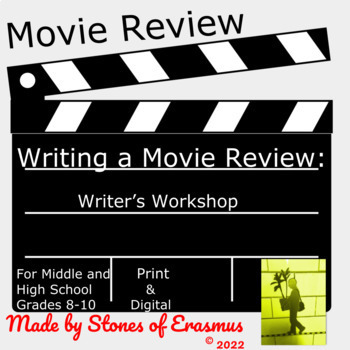I am standing amidst the breathtaking expanse of the Metropolitan Museum of Art in New York City. Amid the myriad of artifacts and art pieces, I find myself drawn to an artifact of particular intrigue. At first glance, it may not command your immediate attention, but I assure you, its narrative is as grand as any. It's a captivating statuette hailing from the Byzantine era, bearing the likeness of a Roman goddess: Fortuna, also known as Tyche.
 |
| Fortuna (Tyche), Late Roman or Byzantine ca. 300-500 C.E. |
Upon closer inspection, you begin to notice the details etched into this statuette that elevate it from a simple representation of a goddess to a profound symbol of historical narrative. A distinguishing feature of Fortuna is her sculptural headdress, ingeniously designed to mimic a city-like fortress, replete with a gate, and walls to fortify it. The statuette portrays her with this sculptural motif of a city perched atop her head — a poignant indication of the goddess's authority and influence.
But, the statuette holds more in its petite form. Cradled in Fortuna's hand is a cornucopia - a classic emblem of abundance and prosperity. This combination, a city upon her head and a symbol of prosperity in her hand, is powerful. It's a juxtaposition that beautifully ties together the themes of urban society and fortune.
The statuette isn't merely an exquisite work of art; it's a vessel, carrying layers of symbolism and a profound narrative within it. Fortuna, adorned in her cityscape headdress, seated on a throne, paints a picture of the intricate relationship between chance or fortune and the development of civilization. It's a compelling reminder of how the evolution of societies has always been tied to the capricious hands of fate.
So, it isn't just a 'cool little statuette' - it's a piece of history, a symbol of societal evolution, and a testament to the intricate craftsmanship of the Byzantine era. It's the embodiment of the idea that every artifact carries a tale, waiting to be discovered, waiting to be told. Take a moment to admire this extraordinary piece of history and let Fortuna's tale unfold.






